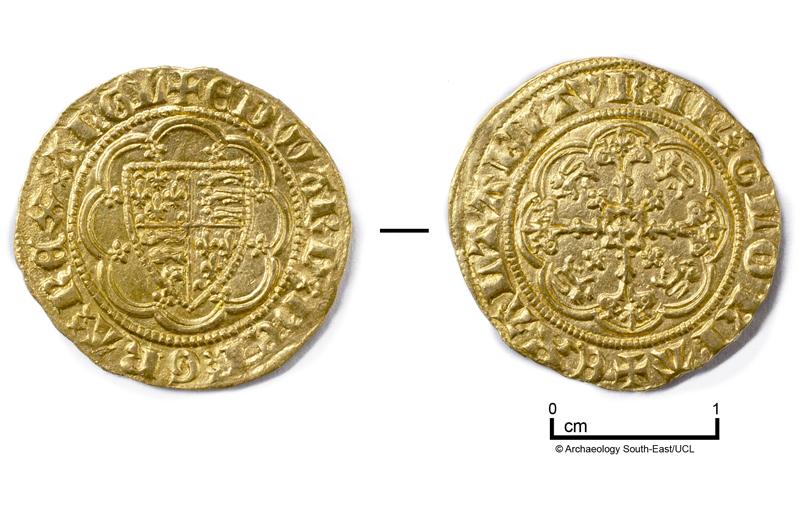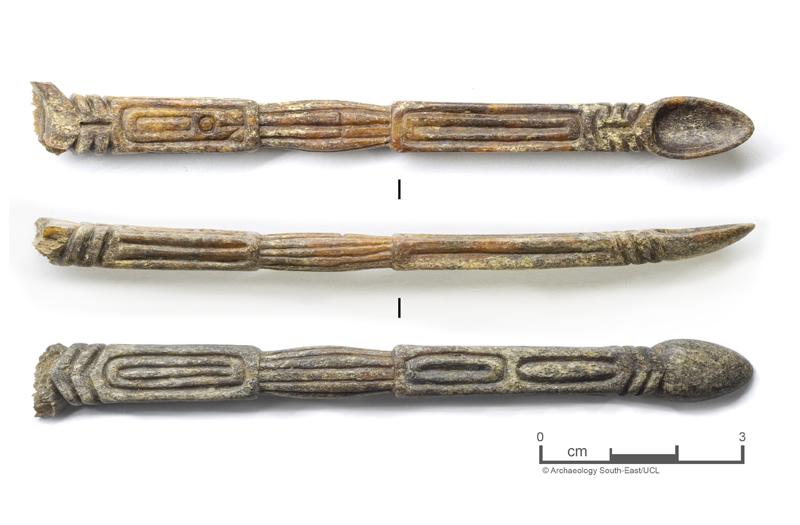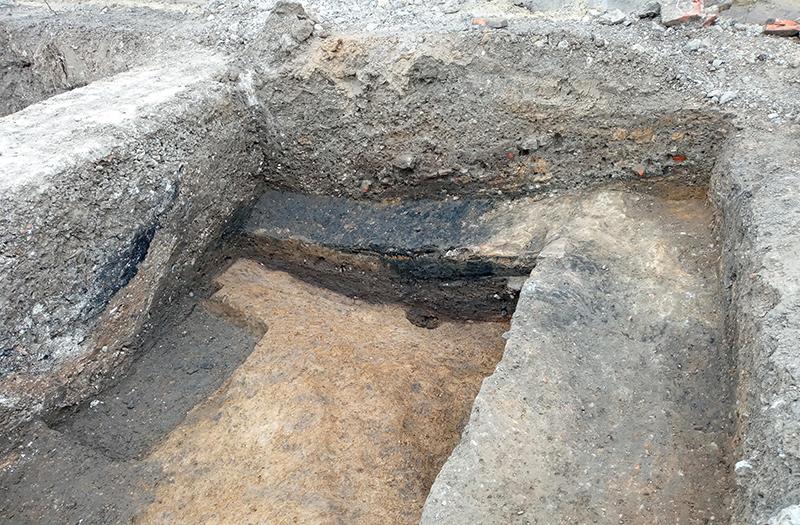Fascinating historic artefacts dating back to the Roman era have been found at Weston Homes’ Abbey Quays construction site in Barking which is adjacent to the ruins of Barking Abbey which was once, alongside Westminster Abbey and Canterbury, one of the most important religious centres in the country.
Weston Homes appointed a specialist team to unearth the historically important findings during the early stages of enabling works excavation and have since been funding the ongoing excavation. Weston are working with RPS Consulting Services as archaeological consultants and Archaeology South-East who are undertaking the field work to excavate to artefacts.
The site is located at the northern end of Abbey Road, and situated between the former Barking Abbey (of which only ruins now remain) and original course of the River Roding. The artefacts are in the process of being recorded by historical experts. It is believed that the historic findings will lead to some academic rethinking on what occurred in Barking during the Roman, Saxon and Medieval periods.

Barking Abbey was originally founded in the 7th Century by Saint Erkenwald for his sister Saint Etherlburg. Following the Viking Raid, the Abbey was subsequently rebuilt in the 10th Century and was visited by the likes of King William the Conqueror and went on to be funded by Queen Matilda. Alongside Westminster Abbey and Canterbury Cathedral, Barking Abbey became of the of the most important and prosperous religious houses in England with many notable abbesses including several Saints. The Abbey was dissolved in 1539 as part of King Henry VIII’s Dissolution of Monasteries.
The excavation has found two small buildings which likely date back to the early Medieval period under the Saxons. The excavations have identified a significant amount of Roman building material was re-used in early Medieval structures, with many Roman roof tiles reused to form floors. A smaller Riverside structure which has been found may have been used to dry or smoke fish for banquets at the Abbey.

On the landward side of the excavation, a fine chalk block wall has been uncovered which may date back to 12th Century and could have been part of the Abbey precinct wall. Other historically important findings include a finely carved bone spoon, likely to be early Medieval in date and appears to have come from Europe, possibly Scandinavia.
As the excavation continues, Weston Homes are committed to the preserving the historical importance of the site and are working alongside Historic England, London Borough of Barking and Dagenham and their own expert archaeological team to find a way to showcase the findings. Possible ideas include building glass flooring in the new Abbey Quays development which enable visitors to look at the Abbey wall ruins.

Bob Weston, Chairman at Weston Homes commented: “Weston Homes are committed to ensuring that the historic findings at Barking are rightfully protected and preserved. It is exciting to know that we have found several important pieces of British history that will help to shape our understanding of the early Anglo-Roman and Medieval eras. We look forward to working with the archaeological teams as the excavation continues over the coming weeks”.